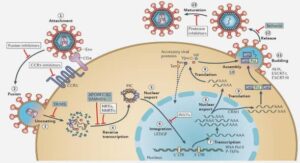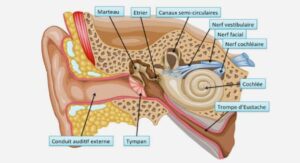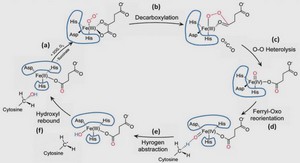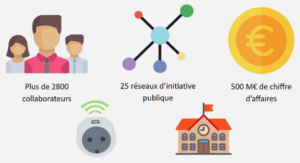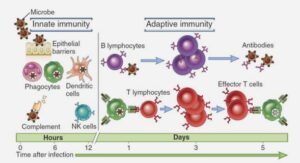Relevant feature identification has become an essential task to apply data mining algorithms effectively in real world scenarios. Therefore, many feature selection methods have been proposed it is the process of detecting relevant features and removing irrelevant ,redundant or noisy in literature to achieve their objectives of classification and clustering to improve inductive learning either in term of generalization capacity learning speed or reducing the complexity of induced model is used in several medical application such as the prediction of efficiency medical tests ,classification of tumors ,cancer detection .
As a result ,this topic is one of the hottest research in bioinformatics ,because the cancer is one of the most common causes of death in world , the most common cancers in terms of incidence were : lung {1.52 million cases}, breast {1.29 million cases} and colorectal {1.15 million cases}are the greatest scourges in humanity .
Impact of breast cancer:
According to world cancer research (WCR) 26.4million people per year may be diagnosed with cancer by 2030, with 17 million people dying from it. In 2014, the incidence of mortality of the most common cancers in ALGERIA shows that breast cancer can occur in both men and women but it’s far more common in women, for that has the first position in women .
Definition of breast cancer:
To understand breast cancer, it helps to have some basic knowledge about the normal structure of the breasts, shown in The female breast is made up mainly of lobules (milk-producing glands), ducts (tiny tubes that carry the milk from the lobules to the nipple), and stroma (fatty tissue and connective tissue surrounding the ducts and lobules, blood vessels, and lymphatic vessels).
Breast cancer is uncontrolled growth of breast calls, it refers to malignant tumor. Most breast cancers begin in the cells that line the ducts (ductal cancers 85 – 90% of all cases), some begin in the cells that line the lobules (lobular cancers 8% of all cases), while a small number start in other tissues.
Symptoms of breast cancer:
Signs and symptoms of breast cancer may include:
– A breast lump or thickening that feels different from the surrounding tissue.
– Bloody discharge from the nipple.
– Change in the size, shape or appearance of a breast.
– Changes to the skin over the breast, such as dimpling.
– A newly inverted nipple.
– Peeling, scaling or flaking of the pigmented area of skin surrounding the nipple (areola) or breast skin.
– Redness or pitting of the skin over your breast, like the skin of an orange.
Risk factors of breast cancer:
– Gender: Simply being a woman is the main risk factor for developing breast cancer. Men can develop breast cancer, but this disease is about 100 times more common among women than men.
– Aging: the risk of developing breast cancer increases as you get older. About 1 out of 8 invasive breast cancers are found in women younger than 45, while about 2 of 3 invasive breast cancers are found in women age 55 or older.
– Genetic risk factors: About 5% to 10% of breast cancer cases are thought to be hereditary as:
• BRCA1 and BRCA2: The most common cause of hereditary breast cancer is an inherited mutation in the genes. (The signification of these genes look at Annex A)
• Changes in other genes: Other gene mutations can also lead to inherited breast cancers such as ATM -P53-CHEK2-CDH1-STK11-PALB2. (the signification of these genes look at Annex A)
– Family history: Breast cancer risk is higher among women whose close blood relatives have this disease.
– Personal history: A woman with cancer in one breast has a 3- to 4-fold increased risk of developing a new cancer in the other breast or in another part of the same breast.
– Dense breast tissue: when they have more glandular and fibrous tissue and less fatty tissue. Women with dense have a risk of breast cancer that is 1.2 to 2 times that of women with average breast density .
INTRODUCTION |

